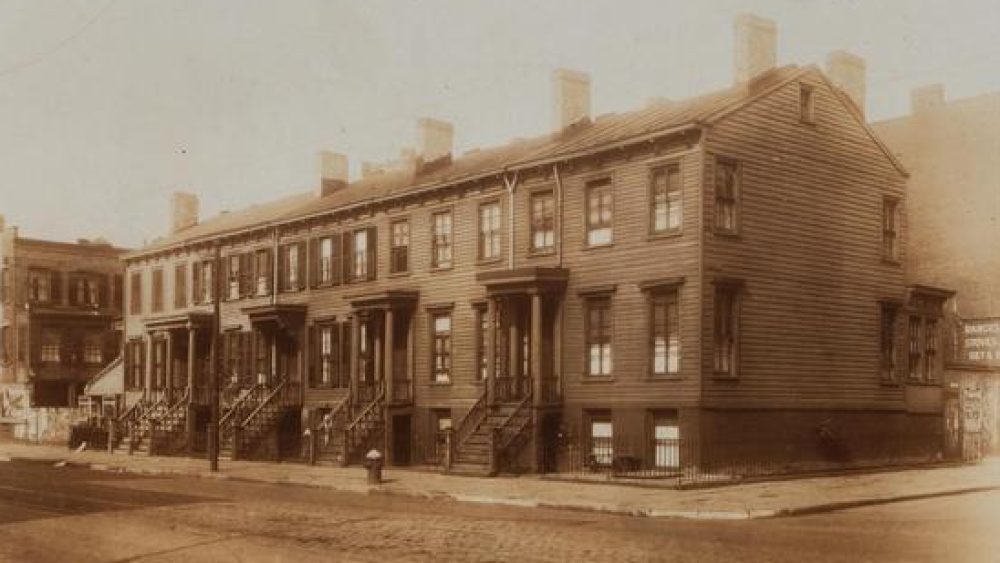
THOU SHALT NOT COVET THY NEIGHBORS’ GARDENS, but that’s so very hard to do (or not to do) during the Garden Conservancy’s Open Days. One of the great things about the Open Days program — besides catering to the garden voyeur in all of us — is that you gain access to the yards of people who live nearby and deal with the same climate and soil conditions you do, which can be instructive as well as envy-inducing.

Yesterday I visited two mature, artfully designed gardens here in Springs (East Hampton), N.Y., and came away with an inspiring glimpse of what can be created with time, effort, knowledge, a bit of money, a whole lot of work, and — this is crucial — a deer fence.

The first, around a contemporary house set way back along a dirt road off Old Stone Highway, was the Previti/Gumpel garden, owned by a pair of architects and 18 years in the making.

Conceived as a series of outdoor rooms, with a formal ‘games lawn’ and many different seating and activity areas, there are both shade- and sun-loving plantings, and a woodland walk.

Right now, tall plume poppies, which I’d never heard of, and gooseneck loosestrife are in bloom, along with multi-colored day lilies and the Hamptons’ favorite floral deer candy, hydrangea.
~~~~~~~~~~~~~~~~~~~~~~~~~~~~~~~~~~~~~~~~~~~~~~~~~~~~~~~~~~~~~~~~~~~~~~~

Then I moved on to the half-acre, 30-year-old Friend/Hellerman garden, designed and owned by Susan Friend, a professional landscape designer, and her husband Hal.

There is not a square inch of grass. Instead, gravel and carefully placed boulders convey the feeling of a Japanese dry garden, with conifers, rhododendron, ferns, bamboo, and a stone lantern and bridge.

The garden is predominantly evergreen, filled with life even in winter. Flowers progress from Korean azaleas in spring through various varieties of andromeda, rhodies, peonies, and Siberian and Japanese iris. The vine-enclosed outdoor shower, below, is a highlight.

Neither property is more than an acre — which, the more I garden, the more I realize is plenty to be getting on with.




























